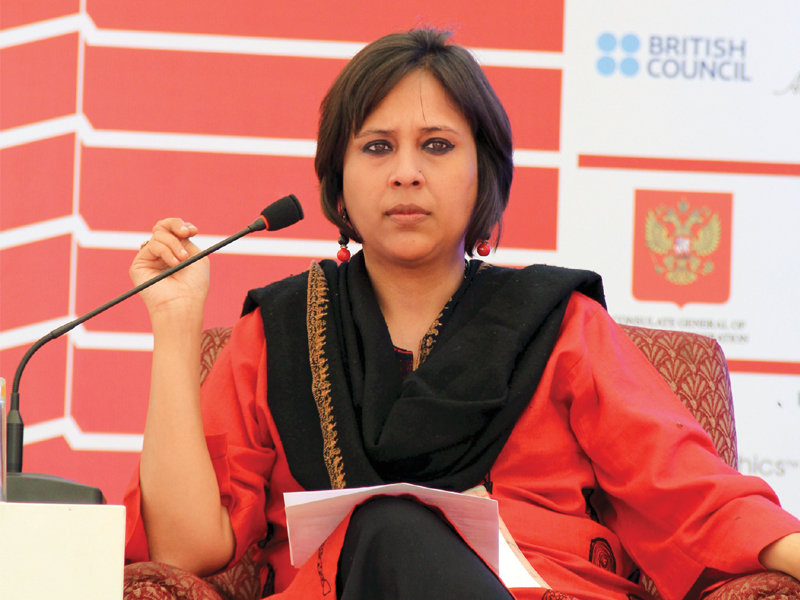

In the first wave, the humanitarian crisis was less about the pandemic and more about the millions of impoverished daily wage workers who walked home, sometimes dying on the way because of heat or lack of food and water. Why do you think so many Indians died of Covid-19 when many of them could have been saved? The young woman asked me, “How brave am I expected to be?” So is the interview with a pregnant woman who gave birth on the road as she walked hundreds of kilometres home or the Muslim volunteer in Bengaluru, who helped bury a six-month-old newborn whose mother had also died from Covid-19, or the young woman orphaned by the contagion from her adoptive parents. For instance, the tragedy of Mukesh Mandal, a daily wage painter who sold his mobile phone for ₹Rs2,000 (Dh100), bought his wife a table fan and rations and then took his own life using her scarf. Over two years many things stay, but some images don’t leave your mind. What’s the most poignant incident that you recall from your road trips?

But I would say our focus on the millions of workers walking the highways, on foot, without food or water, with their small children, covering distances of hundreds of kilometres, was able to shake the conscience of our nation and shift the public discourse. So far, the feedback has been overwhelmingly positive. I think it’s for other people to judge my work. Would you say your ground reporting changed India’s Covid-19 narrative? If so, how? And the feedback we got proves that size doesn’t matter when it comes to making an impact.

I think we did this on sheer will power, passion and commitment to tell the story, no matter what. We ended up covering 30,000 kilometres (km) and 14 states when we spent 120 days on the road moving from Delhi to Kerala and at one stage even back to eastern Ladakh in May to cover the face-off between Indian and Chinese troops. In the first wave, public transport was shut, so the only way to travel was by car. We were a team of four, including our driver, when we left our basement studio and hit the road. We were not even a few months old when the pandemic hit. The onset of Covid-19 happened to coincide with the infancy of my digital platform Mojo Story. You hit the road, despite not being backed by a major news organisation at the height of the Covid-19 pandemic. Yes, though I have covered war and insurgencies - both at home (India) and abroad, including reporting from the frontline of the Kargil war in 1999 and reporting from Iraq, Libya, Egypt - reporting Covid-19 for two years was, in some ways, the most risk-laden and dangerous because of how little we knew when we started and how much the science kept changing and how long the pandemic has lasted. Why is the U.S.Was the Covid-19 reportage the toughest assignment in your career? My excellent Conversation with Roy Foster.The post What should I ask Barkha Dutt? appeared first on Marginal REVOLUTION. At NDTV, Dutt was the host of the weekly, award-winning talk-show We The People as well as the daily prime-time show The Buck Stops Here. Dutt was one of the journalists taped in the Radia tapes controversy.

Dutt has won many national and international awards, including the Padma Shri, India’s fourth highest civilian honour. Barkha emerged as a prominent figure after her frontline war reporting on the Kargil Conflict between India and Pakistan in 1999. Dutt was part of NDTV‘s team for 21 years, until she left the channel in January 2017. She is an opinion columnist with The Hindustan Times and The Washington Post. Here is Wikipedia on Barkha Dutt:īarkha Dutt is an Indian television journalist, author and owner of YouTube news channel MoJo Story.


 0 kommentar(er)
0 kommentar(er)
